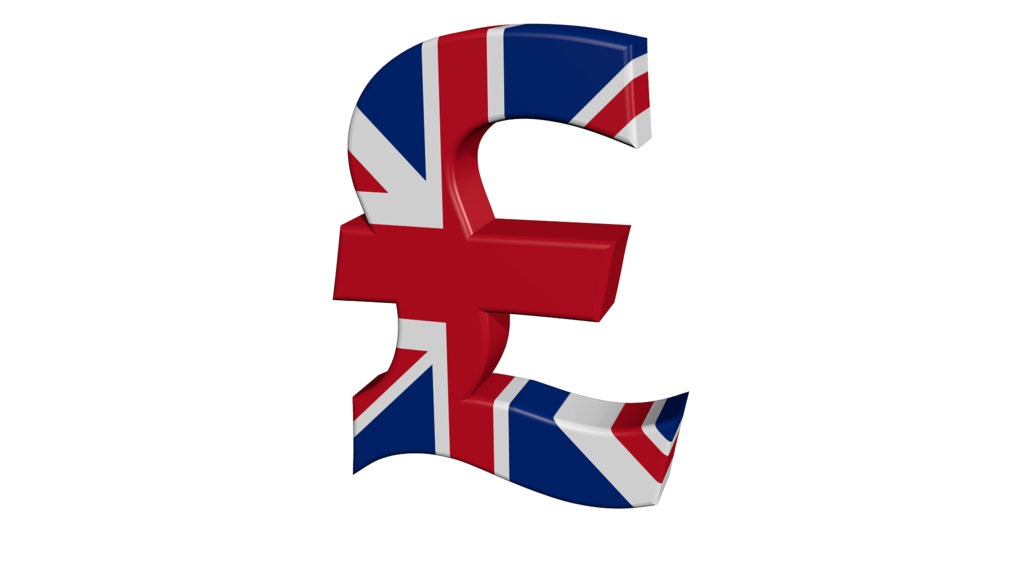The language industry in the UK was recently estimated to be worth an amazing £1billion, with 150 new providers starting out in this year (2018) alone. This takes the number of translation providers in the UK to almost 2000.
The industry is one of the fastest growing not only in the UK, but also in the EU and the Middle East.
One of the reasons for this growth is due the vast array of businesses that now require translation services. Thanks to our global economy and the internet, businesses as diverse as legal firms, tourism companies, manufacturing, financial services, and international charities, all require some form of translation service, or localisation for their websites, promotional materials, training courses, and so on.
Requirements for translation services can also be as varied as the companies, or the individuals, that require them. For instance, an individual may require a translation of a marriage certificate when they travel to live and work in Dubai, or perhaps they need it for translating historical documents or birth certificates, in a bid to trace their family history in different parts of the world.
An organisation such as, a Middle Eastern legal firm, might have clients based in the UK and the Arab states. This would require translation of documents such as patents, contracts, property deeds, diplomas, police reports, court rulings, and so on, for ease of communication between the two locations.
Localisation of websites, promotional material, advertisements and social media posts are another huge factor in relation to the continued growth of language service providers.
Localisation gives a greater depth to translation – in as much as it considers regional language differences, contextual factors such as, religion, idioms, dialect and so on, and reflects target audiences and their needs.
Significant increases in translation have also been made in medical and scientific sectors. Corporations such as, pharmaceutical companies, are required to translate information associated with their products or machines; contents, side-effects, uses, applications, patents, software, and so on, are all legally required to undergo translation before marketing in a new country.
But of course, the language sector isn’t just about translation and localisation.
Interpreting is another element of the translation industry that has seen a substantial increase in recent years. The two main types of interpreting, simultaneous and consecutive interpreting, are very different and require different skill sets; simultaneous interpretation, which occurs when a time delay would be an issue such as, in a large multilingual conference, is performed by an interpreter who is located in a booth, they then translate the words as they are spoken by the speaker.
Consecutive interpreting, which is used for smaller gatherings or meetings, offers a translation provided shortly after the original has been spoken. This type of translation causes a delay in delivery as the translator has to wait until the speaker has finished and then recapitulates what has been said.
For interpreters, the public sector is one where they are most in demand. Court appearances, police interviews and victim support all require the services of interpreters when dealing with non-native speaking people.
There is also a large amount of work undertaken by the transaction industry in conjunction with charities, support groups and the humanitarian sectors.
Some language specialists offer their services on a pro bono basis to humanitarian groups such as, Translators Without Borders and the Rosetta Foundation. In this instance their work is often completed ‘behind the scenes’ and only the end result of their labours are visible.
As you can see, the reasons for growth in the language sector within the UK are as varied as the roles that translations specialists fulfil. It is understandable, when viewed from this perspective why it has become a £billion industry with year-on-year growth of approximately 10%.


Recent Comments